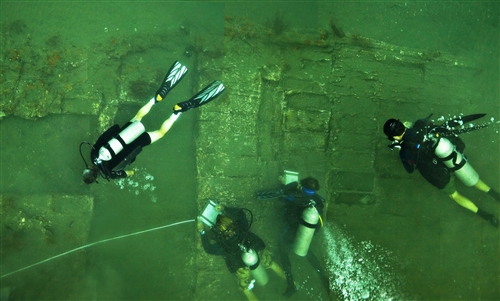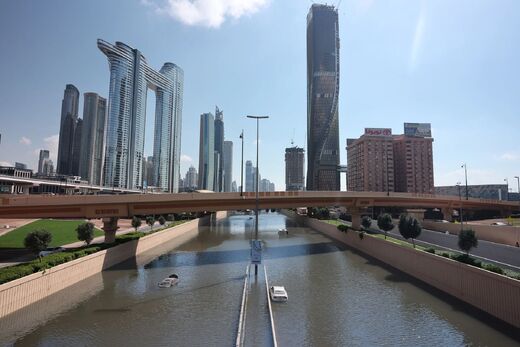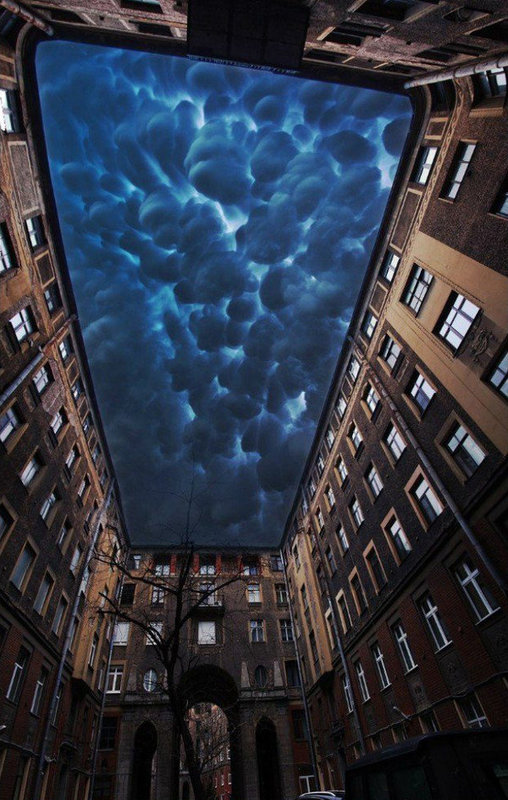The discovery was made at the mouth of Panama's Chagres River, near another underwater site where six iron cannons were found. Taken together, the evidence suggests that the three-century-old story of Captain Morgan's lost fleet is finally near its conclusion.
The story begins with Morgan, a Welsh sea captain who was given the British crown's official sanction to prey on Spanish sea trade. Some would call Morgan a pirate, others a buccaneer, but "privateer" is the more charitable term.
In 1671, Morgan aimed to weaken Spain's control of the Caribbean by sacking Panama City, and the first step was to capture Castillo de San Lorenzo, a Spanish fort on the cliff overlooking the entrance to the Chagres River. That river served as the only water passageway between the Caribbean and the capital.
Morgan and his pirates of the Caribbean took over the fort and went on to overwhelm the city's defenders. But in the process, he lost his flagship and four other ships to the rough seas and shallow reef surrounding the fort.

By the time he died in 1688, Morgan was seen as one of the most bloodthirsty (and most successful) pirates in the Americas. His exploits inspired enough pirate tales to fill a dead man's chest, including the Errol Flynn movie Captain Blood and the James Bond novel Live and Let Die.
Any riches that may have been on Morgan's ships are thought to be long gone, thanks to treasure hunters who have plucked gold coins and other booty from the shallow waters of the Lajas Reef. But a team of U.S. archaeologists has been working to locate Morgan's ships and help the Panamanian government preserve the remaining artifacts.
'The story is the treasure'
"To us, the ship is the treasure - the story is the treasure," said Fritz Hanselman, an archaeologist with the River Systems Institute and the Center for Archaeological Studies at Texas State University. "And you don't have a much better story than Captain Henry Morgan's Sack of Panama City and the loss of his five ships."
Volunteers from the National Park Service's Submerged Resources Center and the NOAA/UNC-W Aquarius Reef Base are working alongside Hanselman and other archaeologists and divers from Texas State University.
They knew they were on the right track last year when they discovered the 17th-century cannons. The experts widened their search, using a magnetometer that could pick up the signatures of objects buried beneath the sand and mud on the river bottom. Eventually, divers came upon a 52-by-22-foot section from the starboard side of a wooden ship's hull, along with unopened cargo boxes and chests encrusted in coral.
"We got really excited," Hanselman said in a video recounting the find.

Yo ho ho and a bottle of rum
The extended search has been supported by a grant from the makers of Captain Morgan Rum, which was named after the 17th-century privateer.
"Captain Henry Morgan was a natural-born leader with a sense of adventure and an industrious spirit that the brand embraces today," Tom Herbst, brand director for Captain Morgan USA, said in a statement. "When the opportunity arose for us to help make this discovery mission possible, it was a natural fit for us to get involved. The artifacts uncovered during this mission will help bring Henry Morgan and his adventures to life in a way never thought possible."
Herbst's company may win a share of the publicity for its role in the search for Captain Morgan's fleet, but it won't get any of the booty: Any artifacts excavated by the dive team belong the Panamanian government, to be preserved and displayed by the Patronato Panama Viejo.



Reader Comments
to our Newsletter